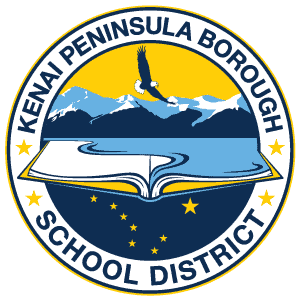Positive behavior changing schools, students
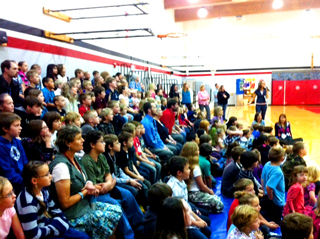
You’ll be hearing more about PBIS: Positive Behavioral Intervention and Support. More importantly, some KPBSD schools, families, and communities already see and experience positive behavior in students that is directly attributed to a school-wide PBIS implementation. PBIS proactively prevents or reduces challenging behaviors through an entire school approach focused on making problem behavior less effective, while desirable behavior becomes more relevant. PBIS labels behavior, not people.
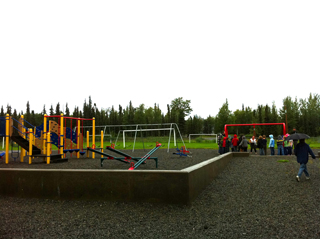
Eight key features of a school-wide PBIS include:
• Administrative leadership and support
• Team-based implementation
• Behavioral expectations defined
• Behavior expectations taught
• Acknowledge and reinforce appropriate behavior
• Monitor and correct behavioral errors
• Data-based decision making
• Family and community collaboration
Kevin Downs, a KPBSD Pupil Services Coordinator said, “A plus of PBIS is that teachers and students have the same expectations and language which provides a safe, consistent, predictable educational environment for students.”
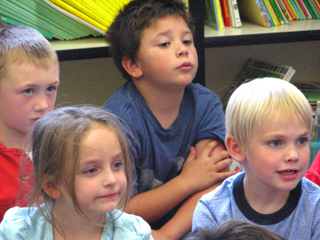
Three of our KPBSD schools have implemented PBIS. In 2009, Sterling Elementary integrated PBIS, followed by Redoubt Elementary and Nikiski North Star Elementary in the fall of 2011. This three-part highlight story will feature each school, telling a positive story and communicating small pieces of PBIS theory and implementation.
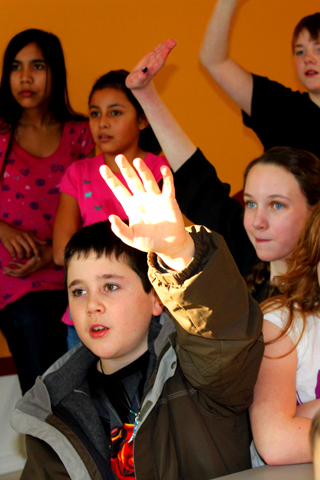
Sterling Sixth Grade Students Leadership Team
Sterling Elementary students and staff make a daily commitment to be “Safe, Responsible, and Respectful.” Beginning on the first day of school, students clearly know what is expected from them, and what positive behavior and choices look like. Students at Sterling Elementary consistently demonstrate success and enthusiasm. The Sixth Grade Leadership Team is voluntary, and every sixth grade student participates. They choose to meet every Monday at lunchtime with Ms. Suzanne Martin, a veteran kindergarten teacher, and their Leadership Council Advisor. The student leaders offer school tours, mentor students who need special attention on the playground, connect with students in the school to notice positive behavior, and offer compliments and positive reinforcement. Students are assigned specific days to help with the primary grade lunchtimes. Some actions are as simple as helping a student with a coat, or playing with students during recess. Martin said, “Not everyone chooses to be a mentor, these sixth graders are such a team—they all work together so well, it’s amazing!”
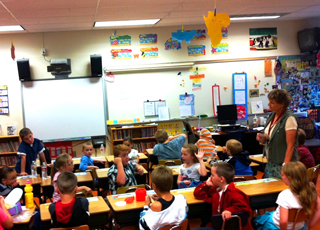
A special event occurred on Friday, January 13, 2012, when all the sixth graders were taken from class, with no warning or explanation, loaded into cars, and arrived at Jumpin’ Junction for an hour to celebrate their success with PBIS, and as a team.
Parents of the sixth grade students knew—and kept the secret—about the planned outing to Jumpin’ Junction. Sixth grade faces registered shock when they arrived, and after hearing inspirational words about how their actions are making such a positive difference in the school from their principal and leadership team advisor, they buzzed about how they would explain the outing to the rest of the school when they returned later that day, sweaty and invigorated by their unexpected playtime full of laughter and action.
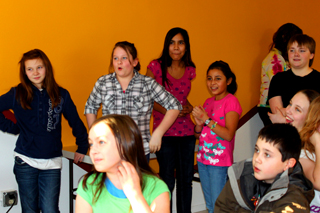
Sixth grader Darrion Derflinger is a mentor for several kindergarten students. She said, “I’m active with the leadership team, and work and lead games for the students who have a harder time to focus, and get their gear on. It’s shown me I can do better things than I think I can do. It’s a cool experience and I think I speak for everyone when I say it’s really fun and amazing. I’ve been a student here for seven years, and it’s great to be at the top of my class.”
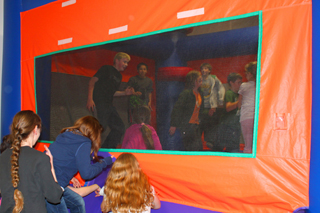
Christine Ermold, the principal at Sterling Elementary, explained that referrals to the office were dramatically reduced when the sixth graders became involved with recess this school year, dropping to three this year in contrast to over thirty last year at this same time. Three years ago when PBIS was implemented school-wide, they first worked on bus behavior. As a result, bus referrals are at the lowest they have ever been. Ermold explains the theory driving PBIS—eighty percent of the time, students [and people] are doing the right thing. However, that behavior and action is only celebrated and recognized 1.44 percent of the time.

PBIS actively recognizes positive behavior. More important, PBIS teaches specific behavior expectations so students know how to act. PBIS is a school-wide initiative. It is not a curriculum, intervention, or practice, but is a decision making framework that guides selection, integration, and implementation of the best evidence-based academic and behavioral practices for improving important academic and behavior outcomes for all students.
“Hello, I'm Josh. My wish for other schools is to learn that this is fun and they should have a leadership counsel. It is very fun because we got to go to Jumpin Junction and the Primary Wing students are becoming better. It is fun for us, too.”
“I am committed to the leadership council because I LOOOOOVE the little kids and I think they are just SOOO adorable!!!! I enjoy making a difference in and outside of our school!” – Kamala
“I am committed to the 6th Grade Leadership Council because I love helping the little kids! They are so cute!!! I enjoy helping all of them with their work and getting their gear on! They are fun to help, and they enjoy it more when you are there to help!” – Erin
Next: Redoubt Elementary PBIS highlights
Links
